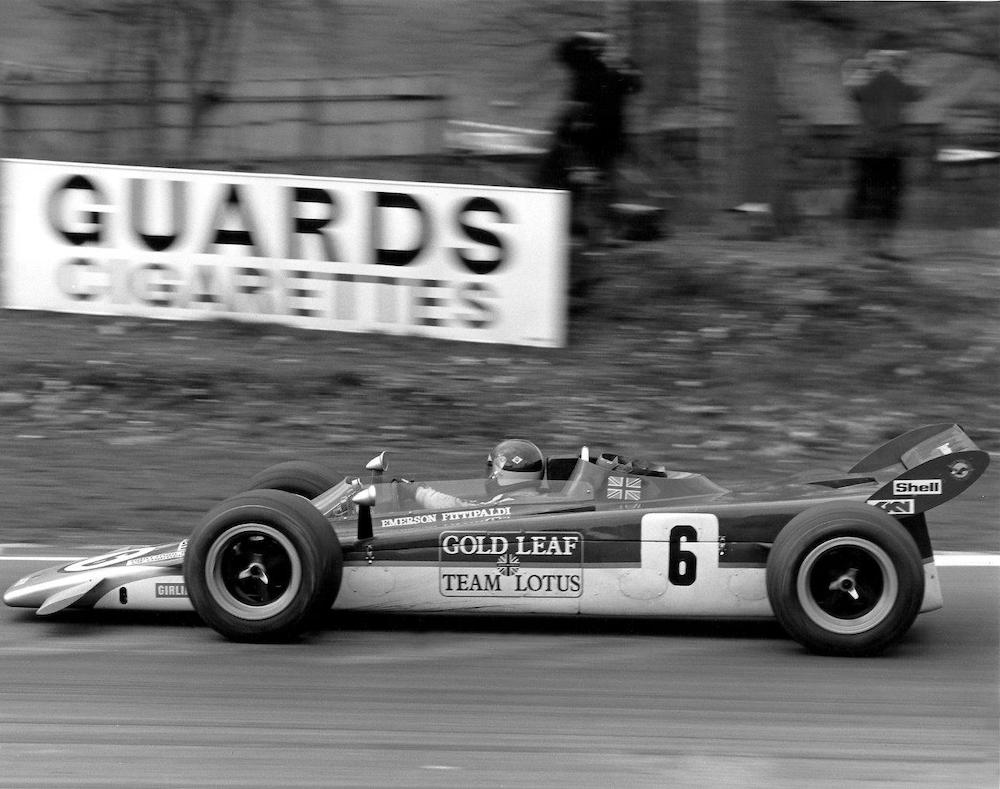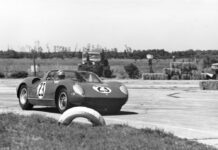During the late 1960s and into the following decade, Colin Chapman of Lotus Engineering created a race car aimed at winning the prestigious Indanapolis 500. The race was open to single-seat, open-wheeled cars but the regulations regarding design and engine were open to interpretation. Despite the success of Lotus in grand prix racing thanks to the heavy but effective Cosworth DFV engine, the choice of engine in Formula 1 was strictly regulated, unlike the more relaxed approach enjoyed in American racing.

Since the Indy 500 took place around a single curved bowl, devoid of corners, experiments with a gas-powered turbine engine showed promise since the cars did not rely so heavily on the brakes. Chapman decided to follow this route and an innovative wedge-shape Indy car was penned by Maurice Phillipe, powered by a Pratt & Whitney ST6 gas turbine engine that was used frequently in helicopters. Despite securing pole position for the 1968 Indy 500 and leading the race until the fuel pump failed just a few laps from the end, race victories proved elusive.
The gas turbine had a higher fuel consumption that traditional petrol engines and the car’s four-wheel drive system added weight but regardless of such handicaps Chapman decided to develop the Lotus 56 for grand prix racing. It required a skilled driver capable of adapting his usual technique; the car had no clutch, merely a brake and accelerator so left-foot braking was employed. To have full power available on leaving a corner, the driver had to back off the throttle much earlier and brake harder into a corner which put a strain on the braking components. The Lotus 56B entered three grand prix and three non-championship events, retiring in all but one grand prix where it finished eighth. The photograph shows Emerson Fittipaldi, one of the drivers who attempted to get to grips with the car, during the 1971 Race of Champions at Brands Hatch. Thanks primarily to the cars four-wheel drive system, it proved competitive during a wet qualifying session, finishing second to Jackie Stewart’s Tyrrell. However, the race was held in dry conditions and the 56B struggled, eventually retiring due to suspension failure while in seventh place. None of the other drivers who tested or raced the car could get to grips with its idiosyncracies and Colin Chapman quickly abandoned the project. Emerson Fittipaldi declared it was the worst car he ever drove. But as a footnote, the wedge design of the Lotus 56 evolved into the hugely successful Lotus 72 which led to the shape becoming the Formula 1 standard for a decade.
From ‘Moments in Motorsport’ by Trevor Legate










